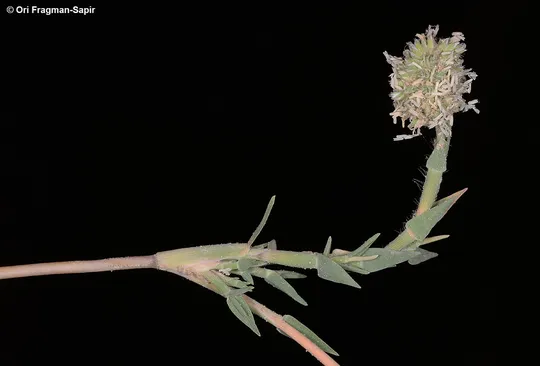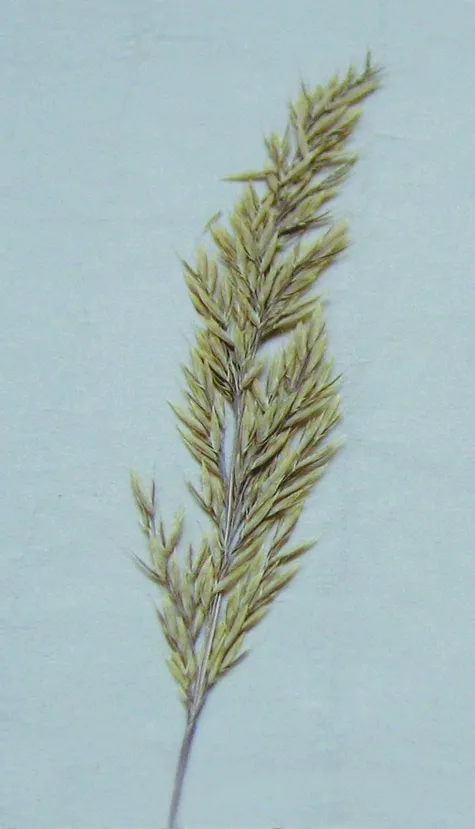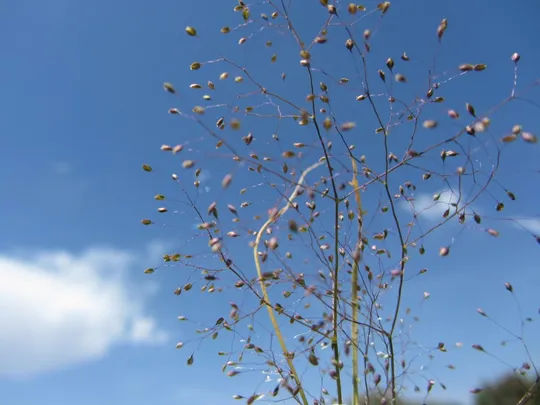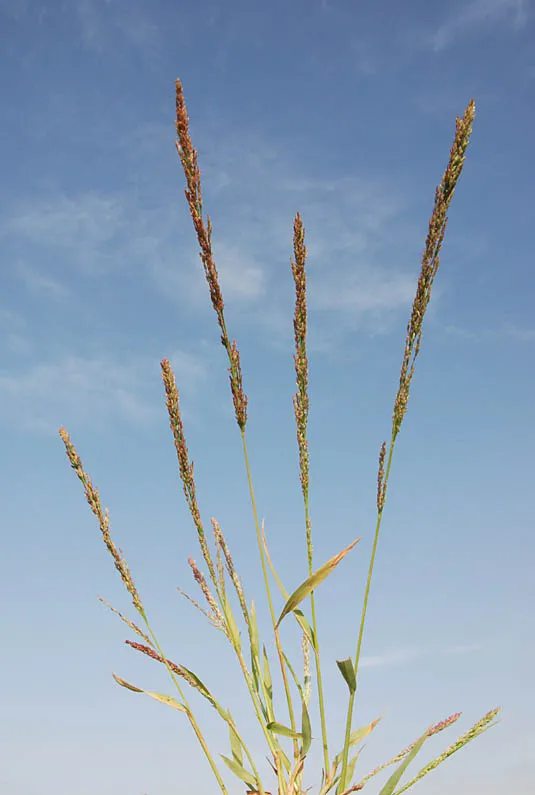Coast Aeluropus
Aeluropus littoralis
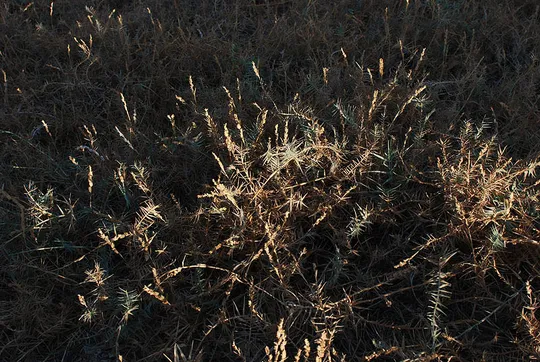
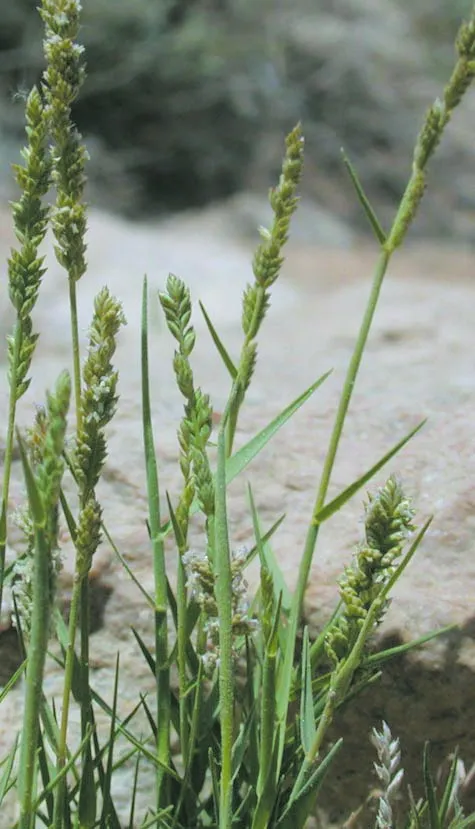
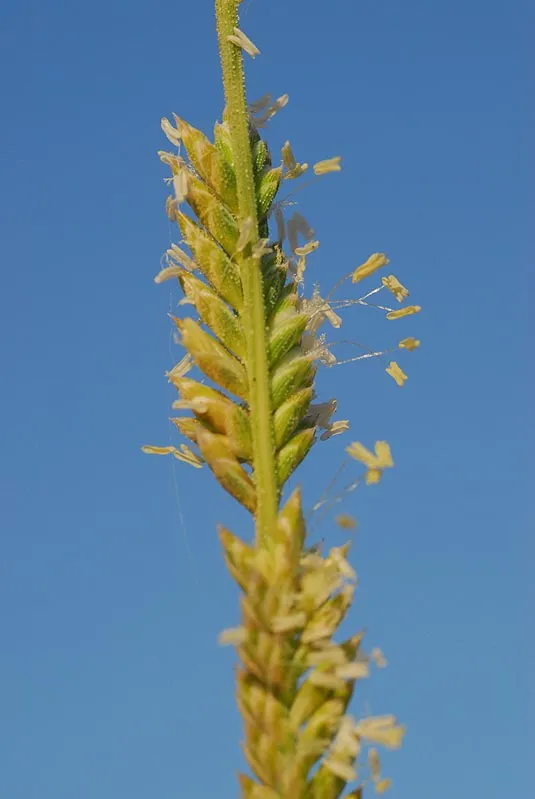
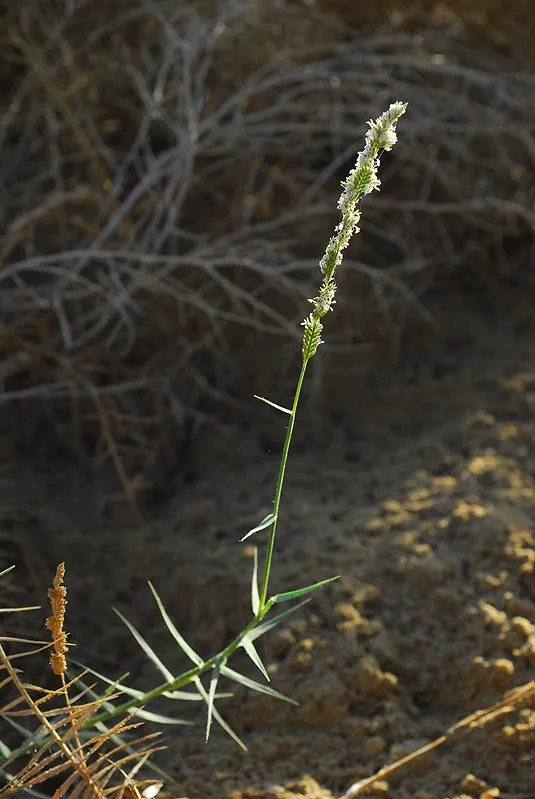
Aeluropus
littoralis is a potential pasture
grass and fodder in saline areas.
Aeluropus littoralis grows
in salt marshes in the Jordan Valley, the Arava, the Negev and the coastal
plain. It is also found in the coastal salt marshes of northern Sinai. Most of
its sites are found in the Jordan Valley region and particularly the Arava
region – in the Sodom Salt Marshes, Ne’ot HaKikar, Wadi Gidron near Hatseva and
the Sapir Salt Marsh. Other populations grow in salt marshes on the Dead Sea
shores and on the edge of the Judean Desert (En Bokek). In the lower Jordan Valley,
there are some sites in the Wadi Malaha Salt Marsh. Two sites were also recorded
in the upper Jordan Valley – in the Bet She'an Valley and the Kinorot Valley. In the northern Negev, A.
littoralis grows mainly in the Tsinim Cliffs springs – En Akev and
En Zik. In the coastal plain regions it grows in the Acre Valley (Na'aman and
Kishon salt marshes), on the Carmel Coast (Wadi Oren estuary, Enot Timsah and
in the Sharon in Ahu Binyamina. There is one record from the Philistian Plain,
near Palmahim.
Aeluropus littoralis
is found in salty and moist habitats, in periodically flooded salt marshes and on
the banks of brackish water springs and rivulets, occasionally with Phragmites
australis, but in the external zone in more saline conditions those
suitable for P. australis. Does not grow
in soils that are too saline or dry.
See Aeluropus lagopoides.
·
Aeluropus littoralis now grows in 10 regions out of the 11 from which it was previously
known. The species has an excellent reproductive ability, and given the right conditions,
it thrives and spreads. It often creates dense thick mats on its growth sites. The
main threat to its populations is the alteration of its habitat. The large salt
marsh areas south and north of the Dead Sea and the springs around their edges have
been greatly disturbed in the past twenty years due to conversion of land to agriculture
and pumping of water from the springs. As a result, brackish water flows have disappeared
or decreased. Their banks were the typical habitat of A.
littoralis, and the water levels fell and the salt marshes
are dryer now than in the past. In the Acre Valley, the Kishon Salt Marsh has virtually
disappeared, and the state of the Acre Salt Marsh is not good.
·
A. littoralis populations are fragmented according to the fragmentation
pattern of the salt marshes in which it grows. Within a particular salt marsh – population
fragmentation coincides with the spatial pattern of the moist and saline areas
or banks of stream flows.
·
A. littoralis is protected in Israel in the Negev Tsinim Cliffs Reserves and Wadi Malaha Reserve in the lower Jordan Valley.
The species has a
broad global distribution and is not globally endangered.
Moist salt marshes in the Kikar Sodom area in the southern
Dead Sea should be preserved. The water flow from the springs at the edges of the
Ne’ot HaKikar Salt Marsh should be restored.
The distribution of Aeluropus
littoralis includes southern Europe, North Africa, the Middle East
and central Asia to China and Mongolia. Grows in all the Middle Eastern countries
except Egypt.
Aeluropus littoralis
is an example of a perennial grass, which has the ability to reproduce and spread
successfully, but which has very unique ecological habitat requirements: a
combination of moisture and low to moderate salinity. Such habitats in desert
and coastal plain salt marshes have been badly degraded in the past 20 years. Consequently,
the species is threatened in Israel although it is not globally endangered.
ויזל, י. ואגמי, מ. 1979. צמחי מלֵחה בישראל. הוצאת המדור לאקולוגיה.
פולק, ג. 1967. אאוטאקולוגיה של כף-החתול השרועה. עבודת גמר. המחלקה לבוטניקה, אוניברסיטת תל-אביב.
Current Occupancy Map
| 1000 squre meter pixel | 5000 squre meter pixel | 10000 squre meter pixel | |
|---|---|---|---|
| number of observations | 0 | 0 | 0 |
| in total pixels | 0 | 0 | 0 |
| Family | Gramineae |
| Classification | On the near threatened species list |
| Ecosystem | Desert, Mediterranean |
| Chorotype | Mediterranean, Irano – Turanian |
| Conservation Site | Wadi Malaha Reserve, Na'aman salt Marsh |
| Rarity |
1
1
6
|
|---|---|
| Vulnerability |
0
4
4
|
| Attractiveness |
0
0
4
|
| Endemism |
0
0
4
|
| Red number |
1
2.6
10
|
| Peripherality | 0 |
| IUCN category | DD EW EX LC CR EN VU NT |
| Threat Definition according to the red book | Near threatened |
 Based on:
Based on:
